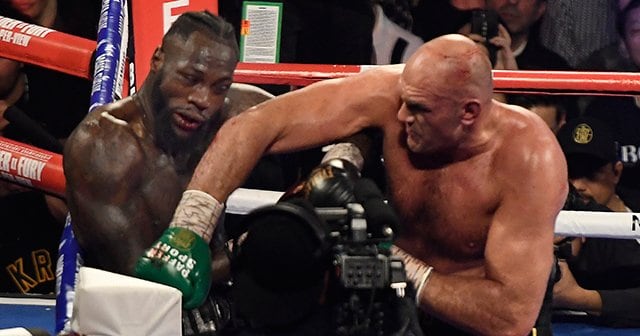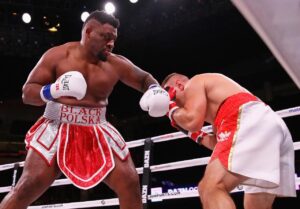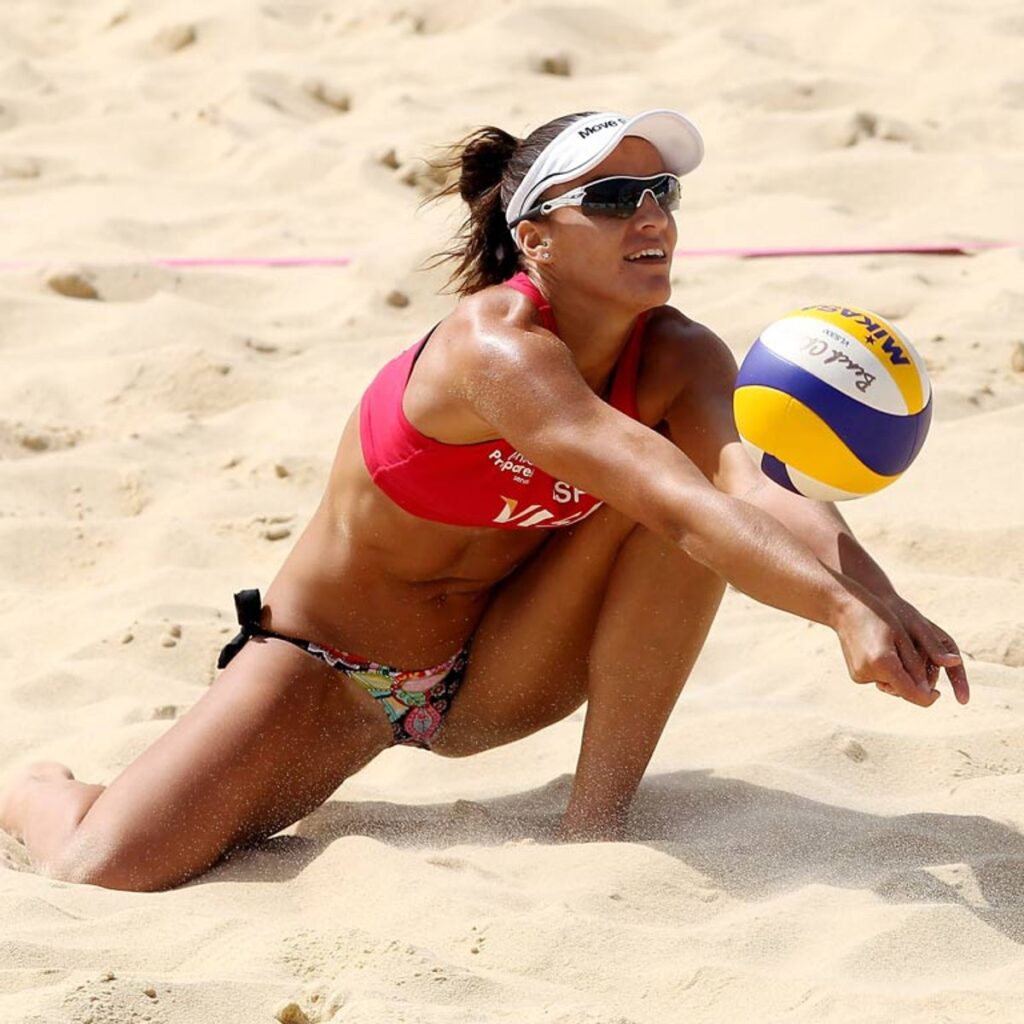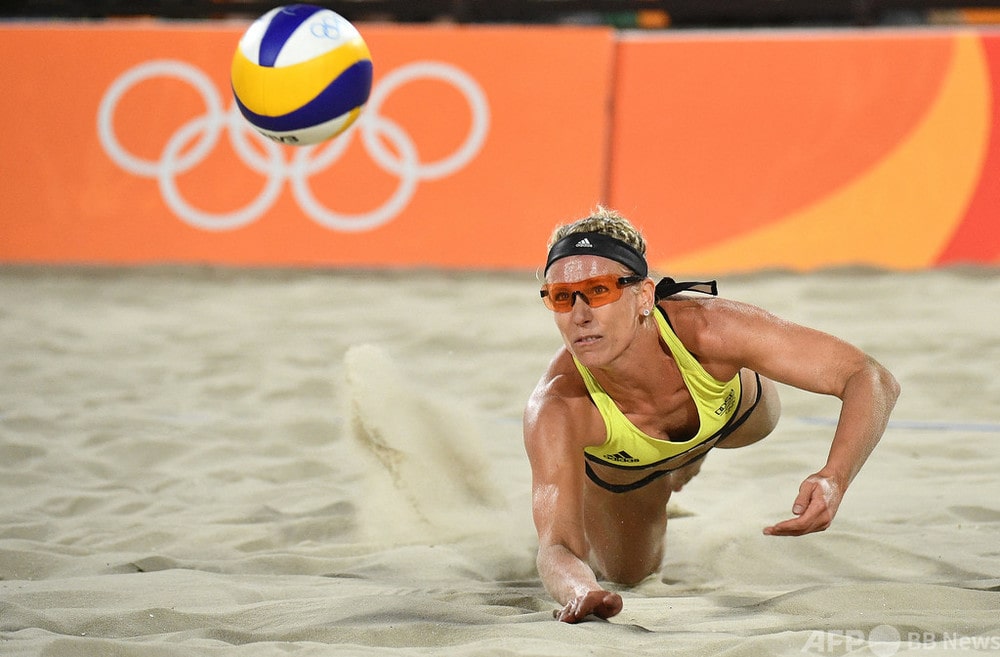
Boxing is a sport that requires constant skill, strength, and strategy, but safety knowledge is just as important.
In particular, attacks on vital points can cause significant damage, so competitors must protect these areas and use correct technique during the competition.
This article will focus on the rules of sneak attacks in boxing, how to defend them, and safe training techniques.
From beginners to experienced boxers, all competitors will gain a better understanding of sneak attacks and provide guidance to train safely and effectively.
Learn the basics of boxing’s vital attack and defense, and find the balance between improving your performance and protecting yourself in the ring.
目次
- 1 List of body parts that are important in boxing
- 2 Key points of boxing: Basics of attack and defense
- 3 Understanding sneak attacks to avoid and rules
- 4 Protect vital points with effective training
- 5 Techniques to protect the vital points in boxing (temples and jaw) that lead to knockdowns
- 6 How to hit the vital points that can knock you down
- 7 Myths and facts about boxing sneak attacks
- 7.1 Myth 1: All sneak attacks are illegal
- 7.2 Myth 2: A blow to the temple always causes a knockout.
- 7.3 Myth 3: Body blows are ineffective.
- 7.4 Myth 4: No matter how hard you hit, you are safe as long as you have a guard.
- 7.5 Myth 5: Knockouts occur only with blows to the face.
- 7.6 Myth 6: Sneak attacks during the clinch are always illegal.
List of body parts that are important in boxing
Key points of boxing: Basics of attack and defense
Boxing is a sport that requires skill, strategy, and physicality.
Of particular importance is the ability to strategically attack the opponent’s vital points while protecting one’s own.
In this section, we will explain the basics of key attacks and defenses in boxing.
Basics of sneak attack
The main vital points targeted in boxing are the head, jaw, and abdomen (especially the solar plexus). Precise attacks on these areas have the potential to change the flow of the match.
-
Attacks to the head and jaw
- Identify the moment when your opponent’s guard is weak and aim for their chin with a straight shot or uppercut. A precise blow to the jaw can knock out an opponent. Hooks and crosses to the head are also attacks that have a big impact on the match.
-
attack on the abdomen
- Body blows to the abdomen, especially the solar plexus, have the effect of slowing down the opponent. While using feints to avert your eyes from the opponent’s punch, aim for the abdomen when the opponent’s guard is down.
basics of defense
-
How to use the guard
- Proper use of high and low guards protects the vital points of the head and abdomen. Change your guard position depending on the direction and distance the punch is coming from to block the attack.
-
body movements
- Use footwork to avoid the attack range, or use body movement (weaving or bobbing) to evade punches. This move can nullify your opponent’s attacks and create opportunities for counter attacks.
-
Reaction rate and prediction
- By predicting your opponent’s movements and reading the trajectory of their punches, you will be able to effectively block and evade them. This requires a lot of practice and experience.
training and preparation
-
sparring
- Through sparring, you will practice attacking and defending in a manner similar to actual combat. This helps develop real-time reaction speed and judgment.
-
video analysis
- By analyzing videos of your own and other boxers’ matches, you can improve your attack and defense techniques.
-
mental training
- Mental strength is essential in order to perform at your best even under stress and pressure. Calmness and concentration are required to make split-second decisions.
Attacks and defenses in boxing are deeply involved not only in technique but also in strategy and psychological warfare.
Mastering these basics and practicing constantly are the keys to success in the ring.

Understanding sneak attacks to avoid and rules
Boxing is a sport based on skill and the spirit of fair play.
Success in the match depends not only on effective attacks on opponents, but also on compliance with the rules and sportsmanship.
In this section, we will explain how to avoid sneak attacks according to the competition rules and provide guidelines for avoiding rule violations.
Secret attacks to avoid in boxing
-
attack on the back of the head
- Boxing rules prohibit intentional attacks to the back of the head. This is because the back of the head is very vulnerable and can cause serious injury.
-
low blow (low blow)
- Strikes below the waist, especially to the genitals, are clearly prohibited. These attacks can cause unnecessary pain and injury to the opponent.
-
Pushing down, throwing, strangling
- Boxing is a sport that competes in striking techniques, and pushing, throwing, or strangling an opponent is prohibited.
-
grab your arm or wrist
- Grabbing an opponent’s arm or wrist is a violation of the rules, as it interferes with fair competition.
Guidelines to avoid rule violations
-
Thorough understanding of the rules
- Competitors are required to thoroughly understand and abide by the rules of boxing. Read the rulebook and listen to the instructions from your instructor and judges.
-
control and self-control
- When attacking, it is important to always control the direction and strength of your punches. Have the self-control to control your anger and frustration and avoid inappropriate attacks.
-
sportsmanship
- Boxing is a sport that is based on respect for your opponent. Always practice fair play and sportsmanship.
-
Communication with referees
- During the match, always pay attention to and follow the instructions of the referee. If you have any questions, it is important to ask questions at the appropriate time.
Compliance with the rules in boxing is essential to protect yourself and your opponent, and to enhance the spirit of competition.
Through a proper understanding of sneak attacks and following the rules, a boxer can grow not only technically, but also as a person.

Protect vital points with effective training
In boxing, protecting your vital points is very important. This is necessary not only to protect yourself during the match, but also to maintain your long-term health.
With effective training and appropriate exercise, you can hone your technique while protecting your vital points.
Below, we will introduce training methods and exercises to protect your vital points.
core training
- plank
- Increases core stability and protects vital points in the abdomen. Planks help strengthen your core and protect your abdomen from punches and impacts.
- side plank
- Strengthens your oblique muscles and protects the sides of your abdomen. Side planks increase your resistance to side attacks to your abdomen.
neck training
- neck bridge
- Strengthens neck muscles to increase resistance to head impacts. It is important to train both the front and back of your neck.
footwork and body movements
- shadow boxing
- Practice movements to avoid attacks. Improve your positioning and movement around the ring and reduce the risk of vital points being attacked.
- Drill
- Through drills performed with a partner, you will learn how to protect your vital points in a real combat situation. Increase reaction speed and develop the ability to effectively avoid attacks.
sparring
- control sparring
- While gaining experience close to actual combat in the ring, you will practice vital point defense in a safe environment. Learn how to react appropriately when attacked.
Utilization of equipment
- body protector
- Use equipment to protect vital points in the abdomen and chest during training. This allows you to train more realistically while reducing the risk of injury.
mental training
- concentration and relaxation
- In order to protect your vital points, you need to stay calm in the ring and accurately grasp the situation. By incorporating meditation and breathing techniques, you can improve your concentration and prepare for the game in a relaxed state.
These training methods and exercises help boxers protect their vital areas and increase their fighting ability at the same time.
Incorporating these elements into your daily training can improve both safety and performance.

Techniques to protect the vital points in boxing (temples and jaw) that lead to knockdowns
In boxing, techniques to protect vital points, especially the temples and jaw, are essential to avoid knockdowns.
These areas are easily linked to knockouts, so honing your defense techniques is one of the top priorities for safe competition.
Below, we will introduce techniques to protect these vital points.
1. Proper use of guards
-
high guard
- The most basic way to directly protect your temples and jaw is to use a high guard. Cover the sides of your face and chin with your gloves to protect these vital points from your opponent’s punches.
-
double arm guard
- This method involves placing both arms in front of the face to protect a wide area of the temples and chin. It is especially effective when defending yourself from powerful punches or repeated blows.
2. Footwork and positioning
-
distance management
- Use your footwork to move out of reach of the attack. Keeping a proper distance prevents your opponent’s punch from reaching your temple or jaw.
-
Angling
- Position yourself so that you don’t face your opponent too much to the side, and don’t get too open from the front. This allows you to protect your jaw while avoiding direct blows to your temple.
3. Head movement and avoidance techniques
-
weaving and bobbing
- Anticipate your opponent’s punches and avoid them by moving your upper body left and right or up and down. This allows you to directly avoid attacks targeting the temples and jaws.
-
counter punch
- Avoid the attack and immediately respond with a counter. This instantaneous counterattack has the effect of forcing the opponent to defend themselves and restraining them from attacking their own vital points.
4. Use of clinch
- clinch
- When fighting at short range, restrict movement by holding the opponent. This prevents your opponent’s punches from reaching your temples or jaw and buys you time to regain control of the ring.
5. Conditioning and awareness
-
Strengthening the neck and jaw
- Strengthening your neck muscles and getting into the habit of pulling your jaw will help absorb the impact of a punch. Keeping your chin tucked will reduce the impact of a direct blow to your chin.
-
maintain concentration
- It is important to always carefully observe your opponent’s movements and be aware of the signs of an attack. This allows you to quickly take the necessary evasive action.
These techniques are acquired gradually through practice and experience.
Actively practice these skills in your sparring and training sessions to improve both your safety and performance in the ring.

How to hit the vital points that can knock you down
In boxing, in order to knock down an opponent, it is necessary to have the skill to accurately and effectively attack the opponent’s vital points.
Here we will introduce how to attack vital points, but it is important to always respect sportsmanship and maintain a safe competition environment.
1. Uppercut to the jaw
- point
- The jaw is one of the vital points most directly connected to knockouts. Uppercuts are effective when your opponent’s guard is relaxed or when they lean forward.
- practice
- Read your opponent’s movements and wait for the moment when their guard opens. Deliver the punch from a low position and use force to drive it under the chin.
2. Hook to temple
- point
- A blow to the temple can take away your sense of balance and lead to a knockdown. The hook is suitable for attacks from the side and is effective when the opponent’s flanks are unprotected.
- practice
- Aim at the sides of your opponent with side steps and body movements. Sew between the gaps in the guard and fire a powerful hook towards the temple.
3. Straight to the solar plexus
- point
- Attacks on Solar Plexus have the effect of depriving the opponent of their breathing and stopping them from moving. Accurate straight shots are effective in stopping your opponent’s advance.
- practice
- Aim for the moment when your opponent advances or when their guard drops after an attack. Hit a straight ball from the center line towards Solar Plexus.
4. River body shot
- point
- A body shot below the ribs or in the abdomen will impact the internal organs and reduce the opponent’s stamina. River Punch is especially effective when the opponent’s attention is divided.
- practice
- Deliver powerful body shots to the abdomen and under the ribs while avoiding the opponent’s punches or moving away from the clinch.
5. Accuracy and timing
- point
- No matter which vital point you aim for, the accuracy and timing of your attacks are key. You need to predict your opponent’s movements and find the perfect moment.
- practice
- Use footwork and head movement to evade your opponent’s attacks and hit their vital points with counterattacks. The best time to attack is right after your opponent launches an attack or when they relax their guard. Check the timing and throw a punch.

Myths and facts about boxing sneak attacks
There are many misconceptions about sneak attacks in boxing. Here, we debunk such myths and provide fact-based information.
Through this, we aim to improve the safety and understanding of the sport.
Myth 1: All sneak attacks are illegal
- Fact : In boxing, attacks to certain vital points are strictly restricted by rules. For example, blows to the back of the head or below the waist are prohibited. However, hitting vital points (such as the jaw or abdomen) is an acceptable part of the tactic as long as it is within the legal striking zone.
Myth 2: A blow to the temple always causes a knockout.
- Fact : A hard blow to the temple is likely to result in a knockout, but not always. Many factors influence the result, including the player’s durability, the angle and force of the blow, and his defensive technique.
Myth 3: Body blows are ineffective.
- Fact : Attacks to the abdomen, especially to the solar plexus, are very effective. A well-placed blow can slow an opponent down, make it difficult for them to breathe, and even cause a knockdown or knockout.
Myth 4: No matter how hard you hit, you are safe as long as you have a guard.
- Fact : An effective guard protects you from many attacks, but the impact of a powerful punch can exceed the guard and cause damage to your body. In particular, consecutive punches can break your guard and allow you to attack your vital points.
Myth 5: Knockouts occur only with blows to the face.
- Fact : While it’s true that blows to the face, especially the jaw, are more likely to result in a knockout, body blows are not uncommon. A precise blow to the abdomen can shock the internal organs and sink the opponent to the mat.
Myth 6: Sneak attacks during the clinch are always illegal.
- Fact : Although strikes during the clinch are often considered illegal by referees, there are also legal strikes during the break-up process. It is important for fighters to use the clinch tactically and attack within legal limits.
Understanding these myths and facts about sneak attacks in boxing will deepen your awareness of the nature and safety of the sport. Boxing is a sport in which strategy and technique are deeply intertwined, and athletes must aim for their best performance while respecting rules and ethics.






